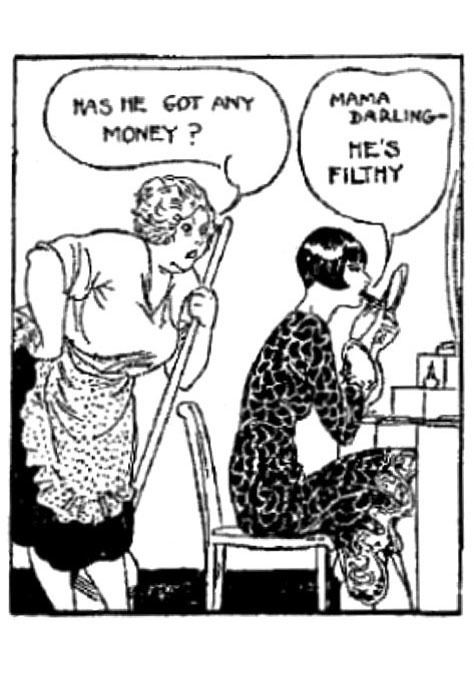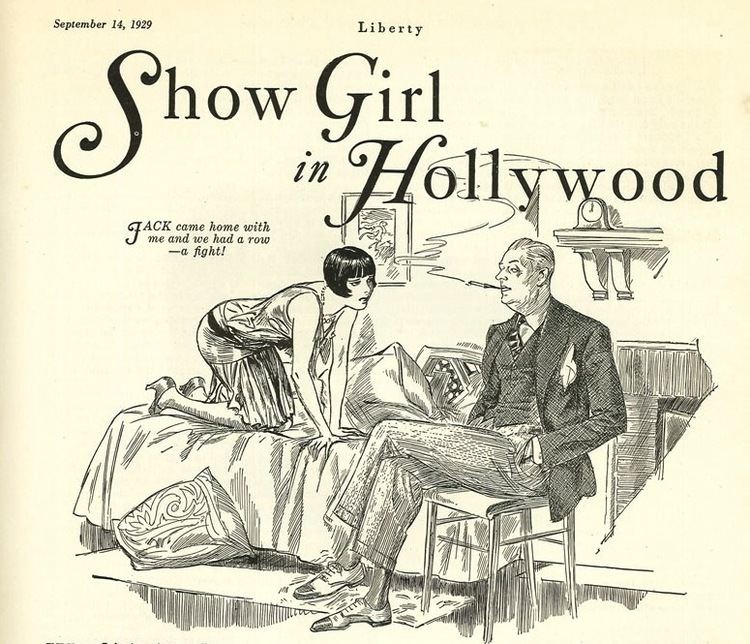 | ||
Similar Moon Mullins, Joe Palooka, Ella Cinders, Tillie the Toiler, The Gumps | ||
Dixie Dugan is best known as a long-running syndicated newspaper comic strip published from 1929 to 1966. The title character was originally modeled after 1920s film actress Louise Brooks and early stories followed Dixie's exploits as a Hollywood showgirl.
Contents

Novels
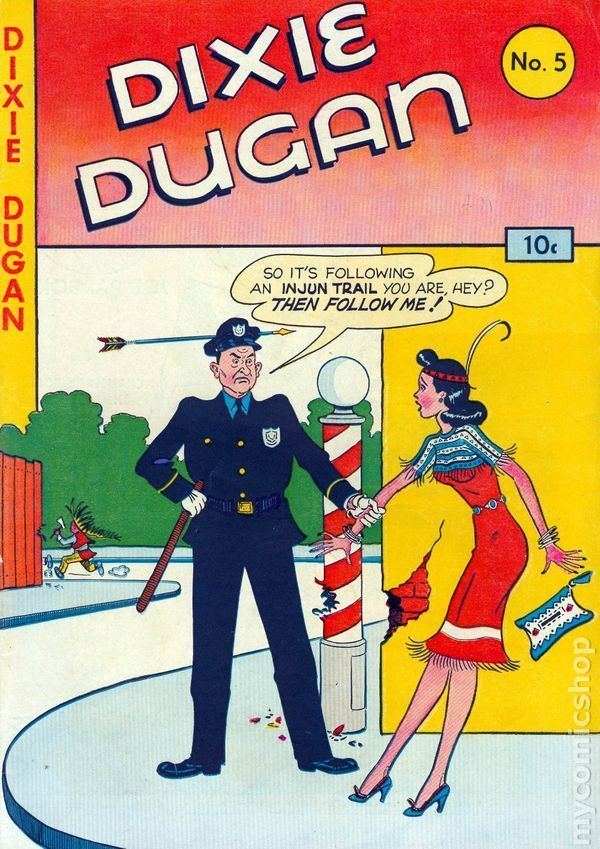
Dixie Dugan first appeared in two slightly risque novels written by J. P. McEvoy, serialized in 1928-29 in the pages of Liberty. McEvoy's novels were then published in book form by Simon & Schuster as Show Girl (1928) and Hollywood Girl (1929). In the first story, Dixie begins as a Broadway chorus girl, and in the second she moves to Hollywood.
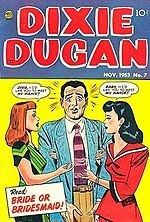
The stories combine romance, glamour and a bit of scandal as Dixie pursues a career in show business. The novel's illustrations by John H. Striebel show a strong resemblance between Dixie Dugan and 1920s film actress Louise Brooks, complete with Brooks' then-fashionable "helmet" hairdo.
Comic strip

Beginning in October 1929, writer McEvoy and Striebel teamed to produce a daily newspaper comic strip, syndicated by the McNaught Syndicate. The name of the strip was originally Show Girl but soon changed to Dixie Dugan. As time went by, the strip dropped the show business aspect, and Dixie became a career girl pursuing a more wholesome variety of jobs. The stories varied from romance and comedy to crime and suspense.
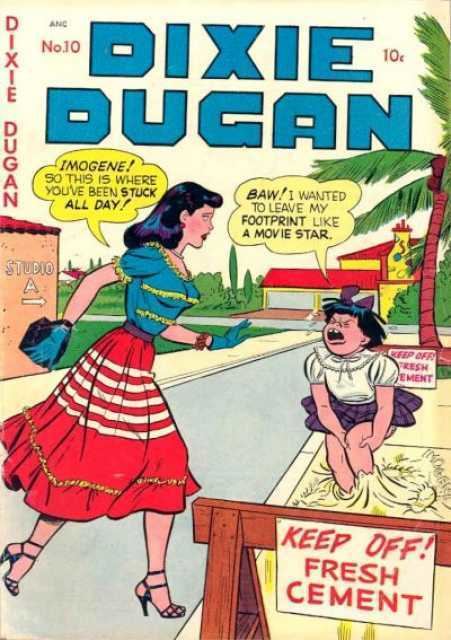
Other characters featured in the strip included Dixie's elderly parents Ma and Pa Dugan, her niece Imogene and Dixie's best friend Mickie. The strip added a popular feature also used by Bill Woggon in his Katy Keene comic books: fashion designs for Dixie were submitted by fans and credited to them in the strip. In addition, when Dixie opened a small cafe, recipes were requested. When the action occurred on the town's streets, there was always in the background a bass player carrying his instrument on his back.

Like many other popular newspaper comic strips, the daily strips were collected and reprinted in various early comic books beginning in the 1930s.
Films
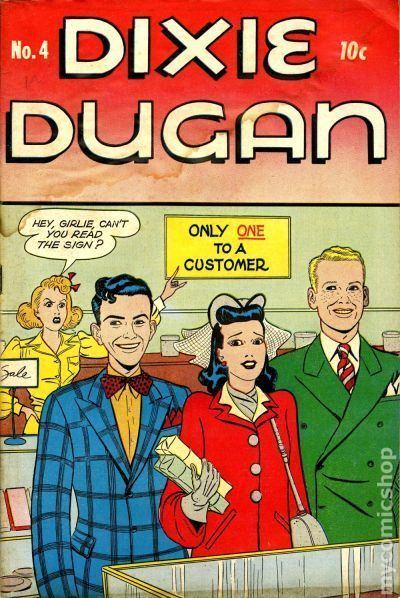
Both novels were quickly adapted to movies, both starring Alice White as Dixie Dugan and both produced by Warner Bros.: Show Girl (1928) and Show Girl in Hollywood (1930). The first film featured music and sound effects using the Vitaphone sound-on-disc system, while the second film was a talkie using the early Western Electric sound-on-film system.
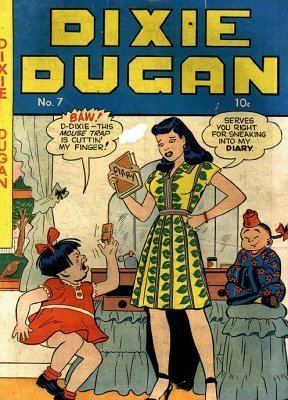
In 1943, Twentieth Century Fox produced another film titled Dixie Dugan (see below), featuring Lois Andrews as the title character. By this time, Dixie had long since left behind her origins as a show girl. In this wartime movie, Dixie gets a job working as a secretary in a government office. Her new boss has a romantic interests in Dixie, but she remains faithful to her fiancé, a defense plant worker.
